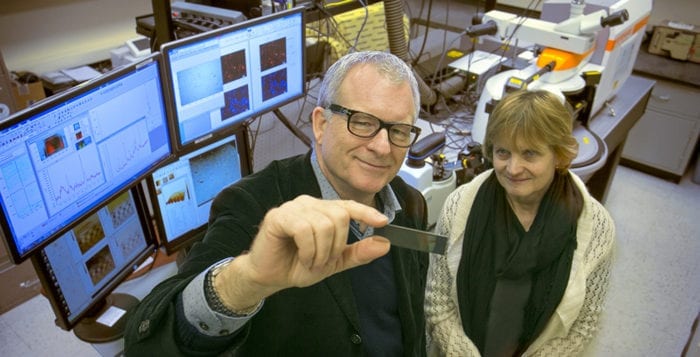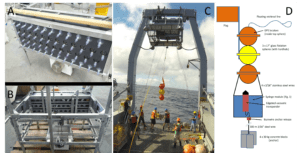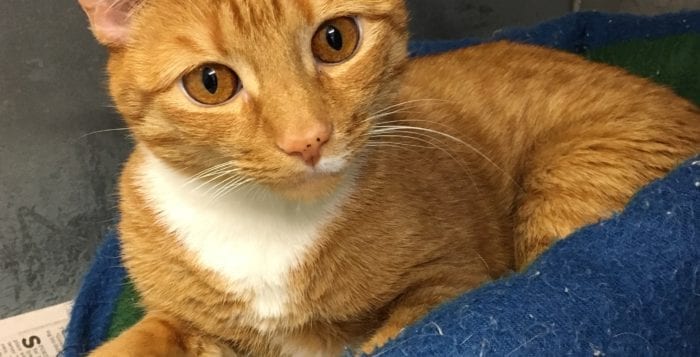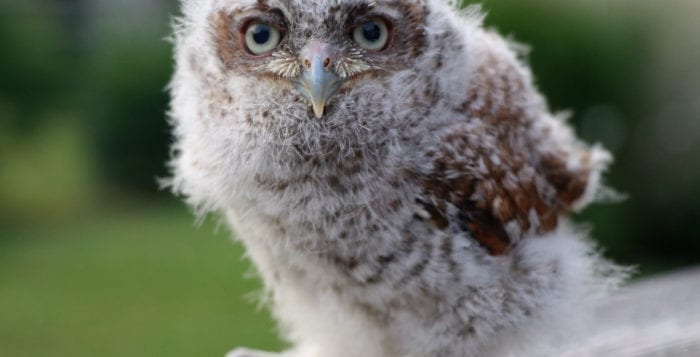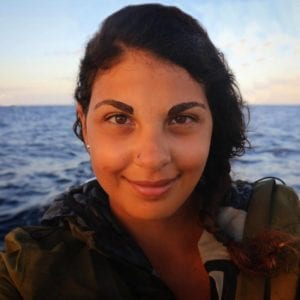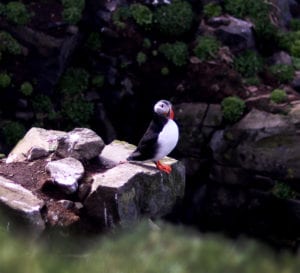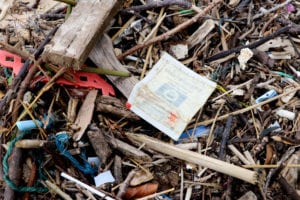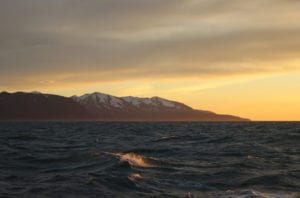Television viewing can lower your physical and mental health
By David Dunaief, M.D.

According to the Nielsen Company, Americans spend an average of 10½ hours per day watching programming of some kind, whether on a television, computer or a portable device (1). For our purposes, we’ll call this TV, because most is consumed while sitting, although the average watching modality has shifted considerably.
What impact does all this watching have on our lives? It may be hazardous to your health. I know this seems obvious, but bear with me. The extent of the effect is surprising. According to 2013 Netflix research, binge-watching, or watching more than two or more episodes of a single program in a row, is perceived as providing a refuge from our busy lives. This also has an addictive effect, prompting dopamine surges as we watch. Interestingly, it also can lead to postbinge depression when a show ends and to isolation and lower social interaction while viewing (2).
TV’s detrimental effect extends beyond the psychological, potentially increasing the risk of heart attacks, diabetes, depression, obesity and even decreasing or stunting longevity. My mother was right when she discouraged us from watching television, but I don’t think even she knew the extent of its impact.
Cardiovascular events including heart attacks
There was a very interesting observational study published in the New England Journal of Medicine that showed watching sporting events increases the risk of heart attacks and other cardiovascular events, such as arrhythmia (irregular heartbeat) and unstable angina (severe chest pain ultimately due to lack of oxygen). The researchers followed Germans who watched the FIFA (soccer) World Cup playoffs in 1996.
How much did watching increase the risk of cardiovascular events? This depended on what round of the playoffs and how close a game it was. The later the round and the closer the game, the greater the risk of cardiovascular events. Knockout games, which were single elimination, seemed to have the greatest impact on cardiovascular risk. When Germany was knocked out in the semifinals, the finals between France and Italy did not have any cardiovascular effect.
Overall, men experienced a greater than threefold increase in risk, while women experienced an increased risk that was slightly below twofold. According to the authors, it was not the outcome of the game that mattered most, but the intensity. The study population involved 4,279 German residents in and around the Munich area (3).
Another study found that, compared to fewer than two hours a day, those who watched four or more hours experienced an increased risk of cardiovascular disease mortality of 80 percent. I know this sounds like a lot of TV, but remember that the average daily American viewing time is significantly over this. This study, called the Australian Diabetes, Obesity, and Lifestyle study (AusDiab) was observational, looking at 8,800 adults over a six-year period (4).
Impact on life expectancy
The adage that life tends to pass you by when you watch TV has a literal component. An observational study found that TV may reduce the life expectancy of viewers. In the study, those who watched at least six hours per day during their lifetime had a decrease in longevity of 4.8 years. However, this is not the whole story. What is even more telling is that after the age of 25, for every hour of TV, one might expect to potentially lose 21.8 minutes of life expectancy (5). According to the authors, these results rival those for obesity and sedentary lifestyles.
Diabetes and obesity risk
In the Nurses’ Health Study, for every two hours of television viewing on a daily basis there were increased risks of type 2 diabetes and obesity of 23 and 14 percent, respectively (6). The results show that sitting at work for two hours at a time increased the risk of diabetes and obesity by only 5 and 7 percent, respectively, much less of an effect than TV watching. The authors surmise that we can reduce the incidence of diabetes and obesity by 43 and 30 percent, respectively, by cutting our TV time by 10 hours a week.
Modestly reducing the amount of television is a simple lifestyle modification that can have a tremendous impact on longevity, quality of life and prevention of the top chronic disease. So, step away from your television, tablet or computer and get out in the world.
References:
(1) Nielsen.com (2) nbcnews.com/better/health/what-happens-your-brain-when-you-binge-watch-tv-series-ncna816991. (3) N Engl J Med 2008; 358:475-483. (4) Circulation. 2010 Jan 26;121(3):384-391. (5) Br J Sports Med doi:10.1136/bjsm.2011.085662. (6) JAMA. 2003 Apr 9;289(14):1785-1791.
Dr. Dunaief is a speaker, author and local lifestyle medicine physician focusing on the integration of medicine, nutrition, fitness and stress management. For further information, visit www.medicalcompassmd.com or consult your personal physician.







